In the past, Microsoft Exchange has been scrutinized regarding the number of components required for the installation of the program. For Exchange server 2013, however, everything has been taken back to the drawing board. The total number of required agents during installation has been reduced from 5 to only 2 key components: the Mailbox Server Role and the Client Access Server Role (CAS).
Both roles can be installed locally or on remote machines for high availability. Each role has been given additional responsibility to compensate for the reduction of available agents. Listed below are the CAS and Mailbox Roles and their respective responsibilities.
CAS:
- Proxy Connection for Outlook, OWAPP, POP-IMAP
- Authentication, Redirection
- Security
- Protocol Filter
- Network Protection
- Mailbox Router
- Mailbox Locator
Mailbox Server Role:
- Handles Mailbox high availability
- Unified Messaging
- OWAPP, Outlook
- Mailbox Transport Service
Microsoft Exchange Server 2013 server role architecture simplifies deployments:

The edge transport service is not currently available on the default installation of Exchange server 2013. Although it is unclear why Microsoft wouldn’t include this as they attempt to encourage users to redirect to a cloud based solution, the release of SP1 might contain the edge transport as an additional add on.


